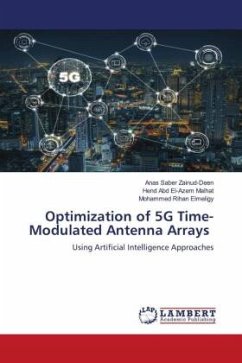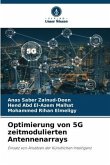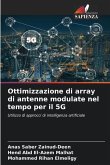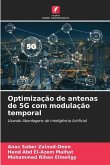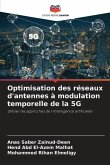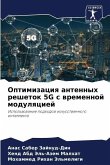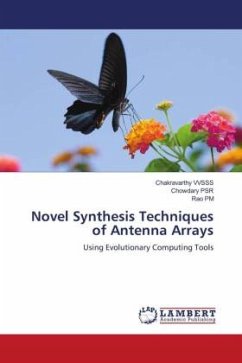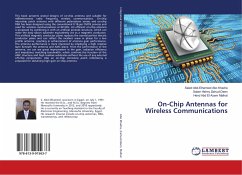This book introduces the synthesis of linear and planer arrays using practical elements. It is focused on studying the shaped patterns synthesis in time-modulated antenna arrays based on the sideband radiation. Shaped beam patterns can be realized by only controlling the switch-on time sequences of the TMAAs. Many examples are considered to investigate the exploration of the technique including binomial, Chebyshev, Taylor, uniform, and sum-difference linear arrays. A method based on particle swarm optimization (PSO) technique to integrate the failed-elements detection and the correction of the damaged patterns of TMLA is investigated. PSO technique is an artificial intelligence (AI) technique that can be used to find approximate solutions to extremely difficult for impossible numeric maximization and minimization problems. TMAAs are constructed by connecting the elements with RF-switches with specific timing sequence for beam shaping applications. Different shapes are designed according to predetermined requirements of gain, beam-width, and SLL. The main objective is controlling the SLL of the array in single plane, two planes and all planes.
Bitte wählen Sie Ihr Anliegen aus.
Rechnungen
Retourenschein anfordern
Bestellstatus
Storno

